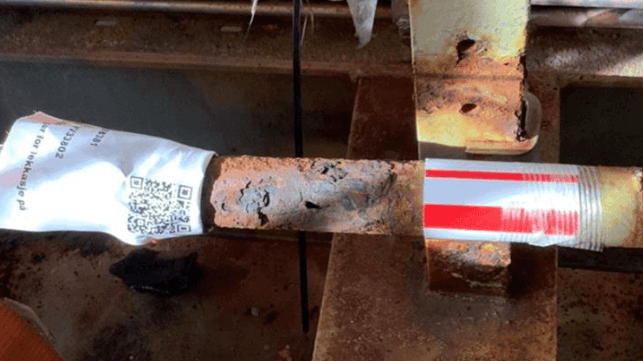Leak Prompts Close Look at Pipe Corrosion on Older North Sea Platforms

After investigating two dangerous gas leaks at the aging Statfjord B platform in the North Sea, the Petroleum Safety Authority Norway (PSA) has ordered operator Equinor to review its maintenance of steel pipes on offshore facilities, the agency announced Thursday.
The Statfjord field is located in the Tampen area of the North Sea, on the boundary between the UK and Norwegian continental shelf areas. Statfjord B is one of three concrete gravity-based structure (GBS) platforms at the field, and at the time it was built, it was the largest construction contract in Norwegian offshore history. It started operations in 1982 under operator Mobil, and was taken over by Equinor in 1987. Though it was originally scheduled for shutdown in 2020, Equinor plans to extend its life into the 2030s in order to continue to extract natural gas.
The recent gas leak on Statfjord B occurred during a planned maintenance shutdown. Equinor's maintenance program had noted degradation of the coatings on blowdown lines (relief drainage lines) for the platform's gas export pipe metering systems, and the repair work was on the schedule for a planned shutdown in March 2022. During the shutdown, maintenance personnel addressed some corrosion on the blowdown pipe system and associated valves, and the repaired area passed a pressure test.
On May 23, the platform staff had completed the planned maintenance period, and they began the startup sequence to resume production. During startup, automatic line-of-sight gas detectors picked up leaks coming from the blowdown lines, and the operators shut down the startup process. About 285 kilos of natural gas were released, but air concentrations were kept low because the leaks occurred in an open area of the process module. No injuries or additional damage occurred.
An investigation revealed penetrations in two lines, both caused by heavy external corrosion. These areas had probably already rusted through when the startup exposed them to high pressure, according to PSA. The repair work during the shutdown had addressed and tested nearby corroded sections, but not the sections that leaked.
The lines were installed in the early 1980s, and while Equinor's records could not confirm when they had been treated/repainted, at least one of them was in poor condition when inspected in 2014 and 2018.
In 2020, a risk assessment found that corrosion and degradation were a potential hazard across all of the aging Statfjord platforms, with a "big gap between condition and requirement for surface treatment."
"The Statfjord installations are elderly and include much original [coating systems] and equipment. An increasing threat of leaks is posed by both internal and external corrosion. Much [coating maintenance] is needed on safety critical static mechanical equipment," the 2020 risk assessment concluded.
In its inspection report for the 2022 leak incident, PSA determined that Equinor's team on Statfjord B was not doing enough to address these previously-identified risks. "The investigation has found several examples of reported findings of external corrosion which were dealt with late, postponed and incorrectly assessed in technical terms, as well as of closures without findings being rectified," PSA concluded.
Equinor has been ordered to ensure that the steel pipe systems on Statfjord B are maintained well enough to perform their function, and to review its pipe maintenance programs for its other platforms and facilities to ensure that any serious corrosion is addressed.
